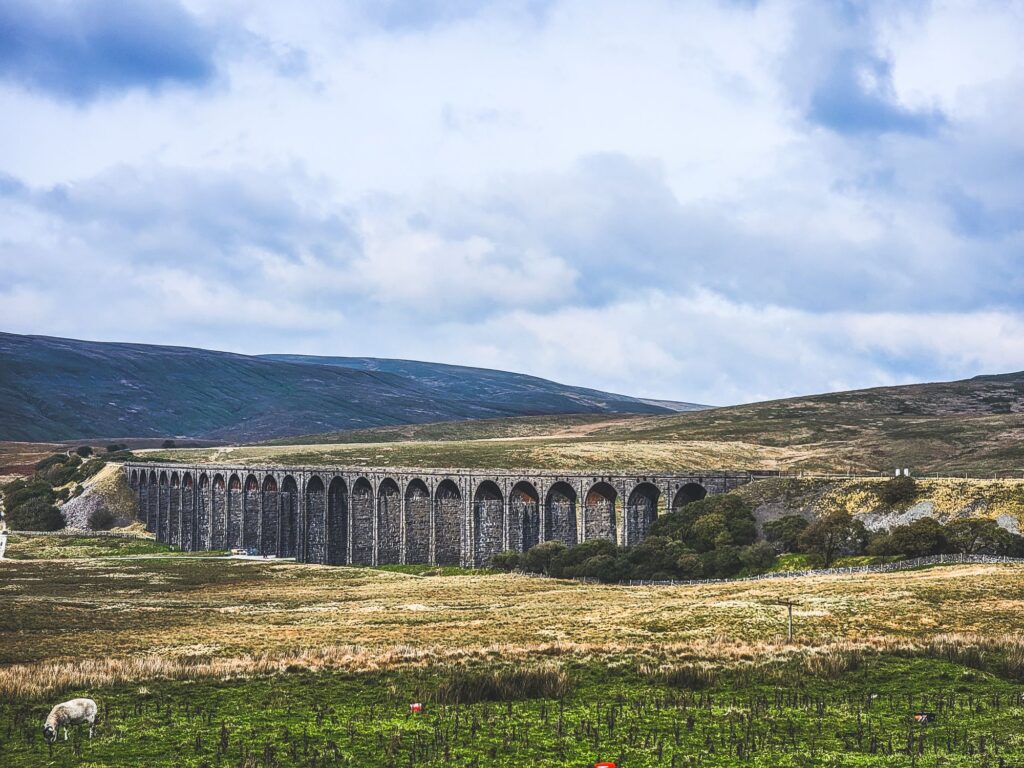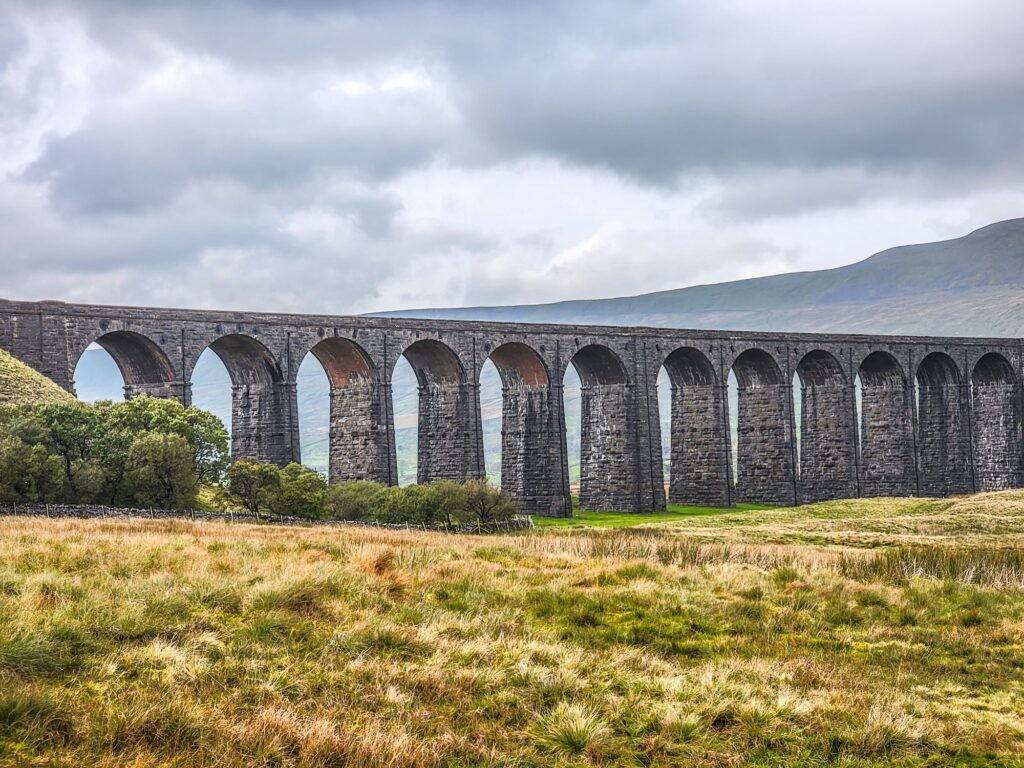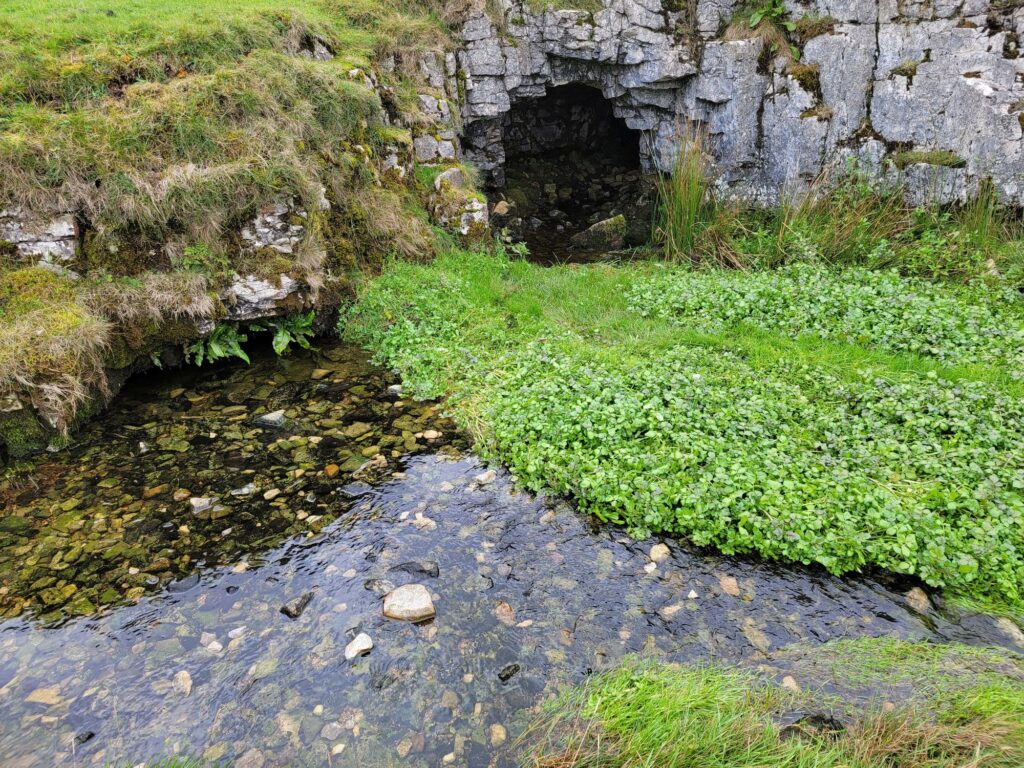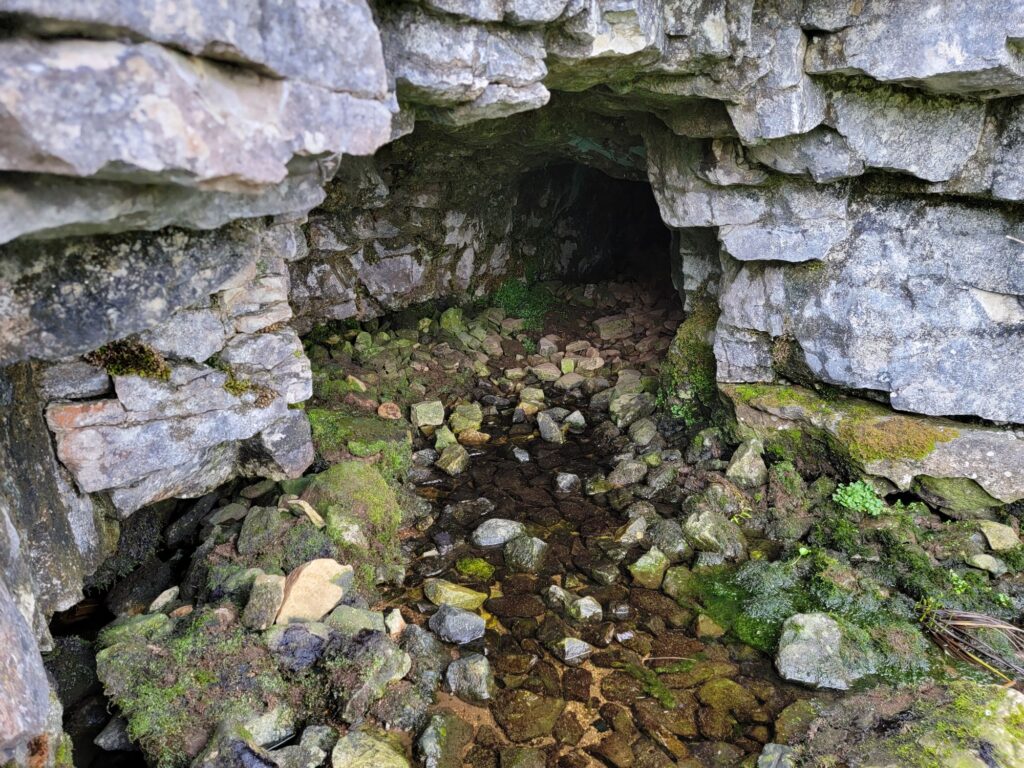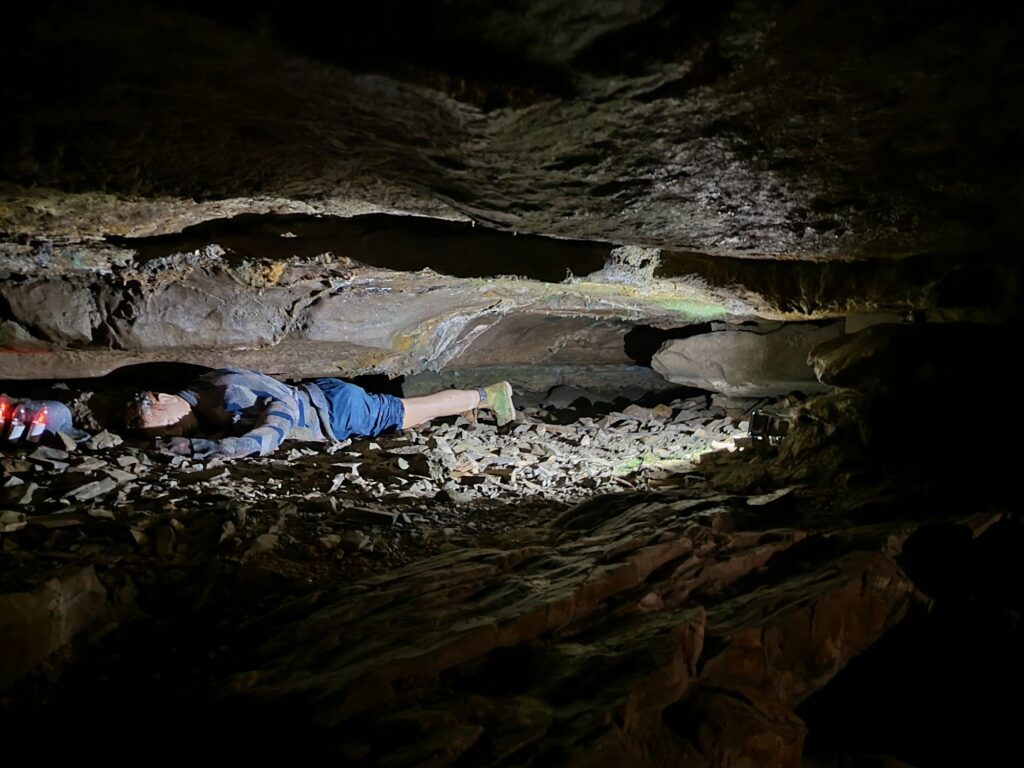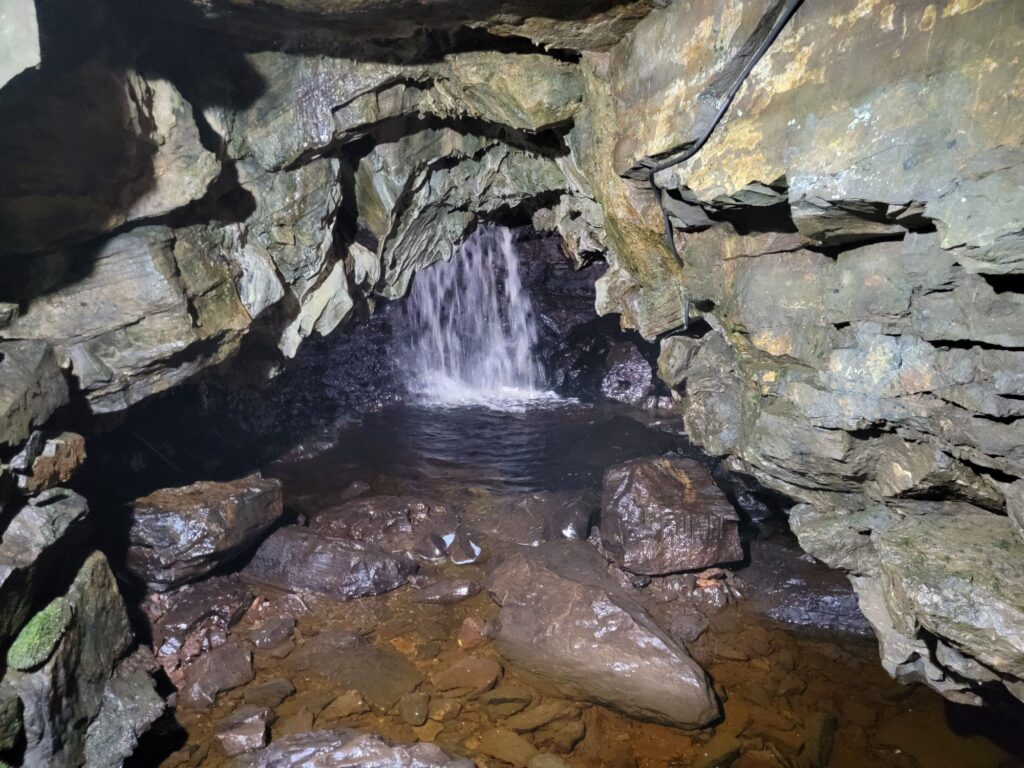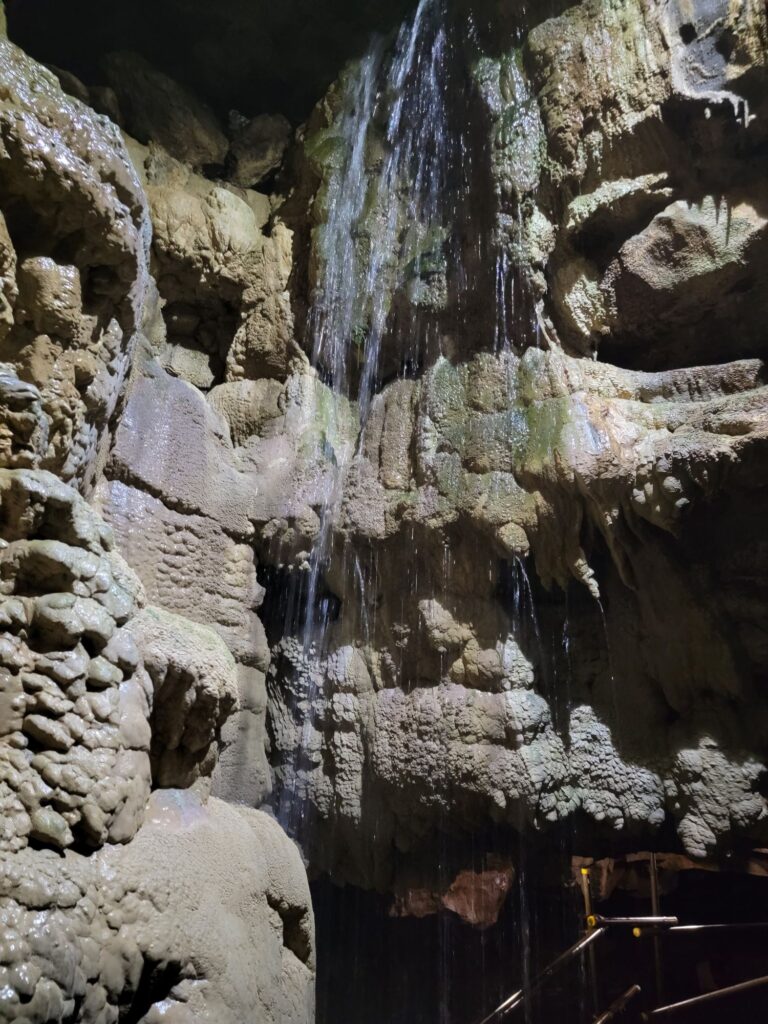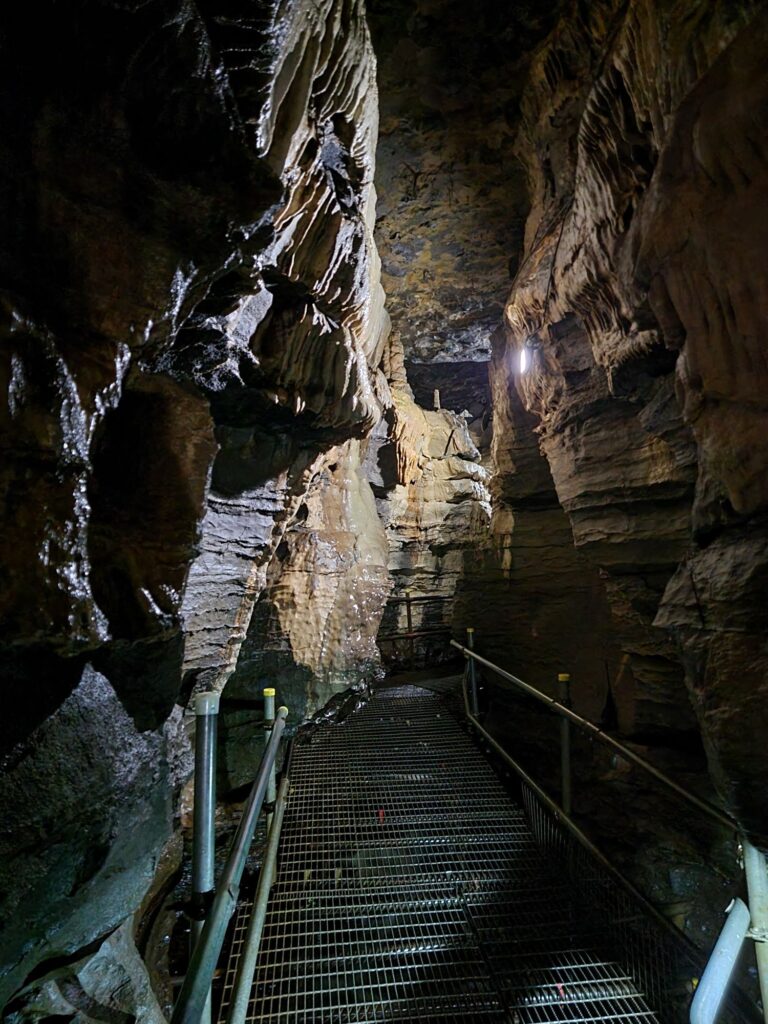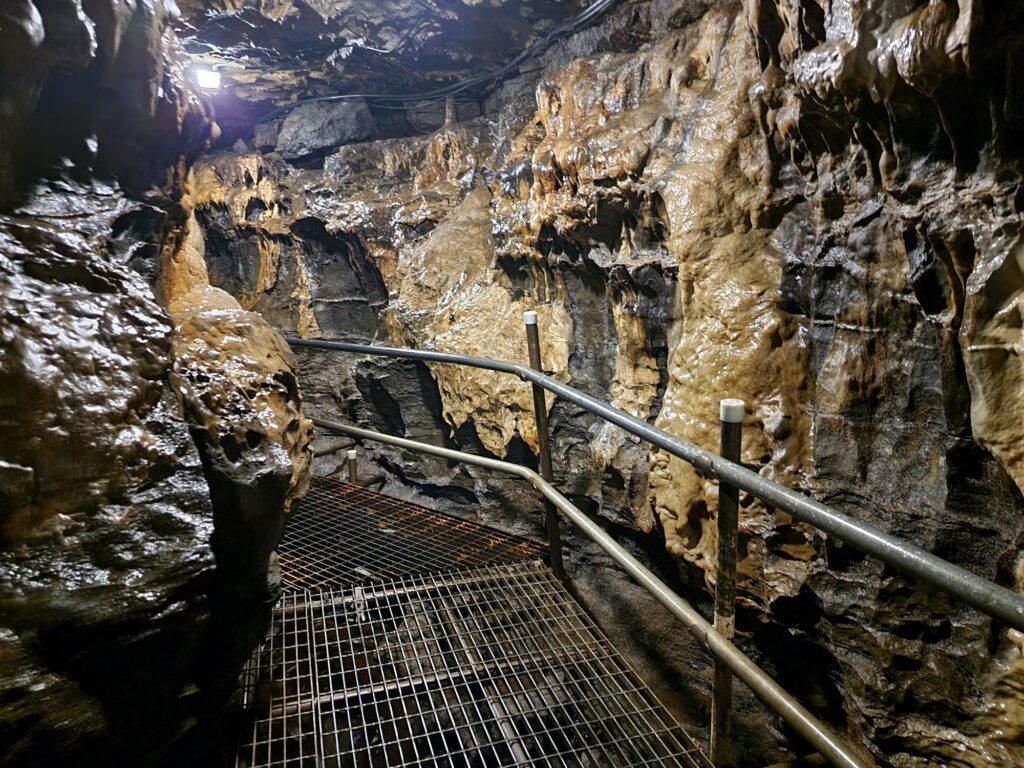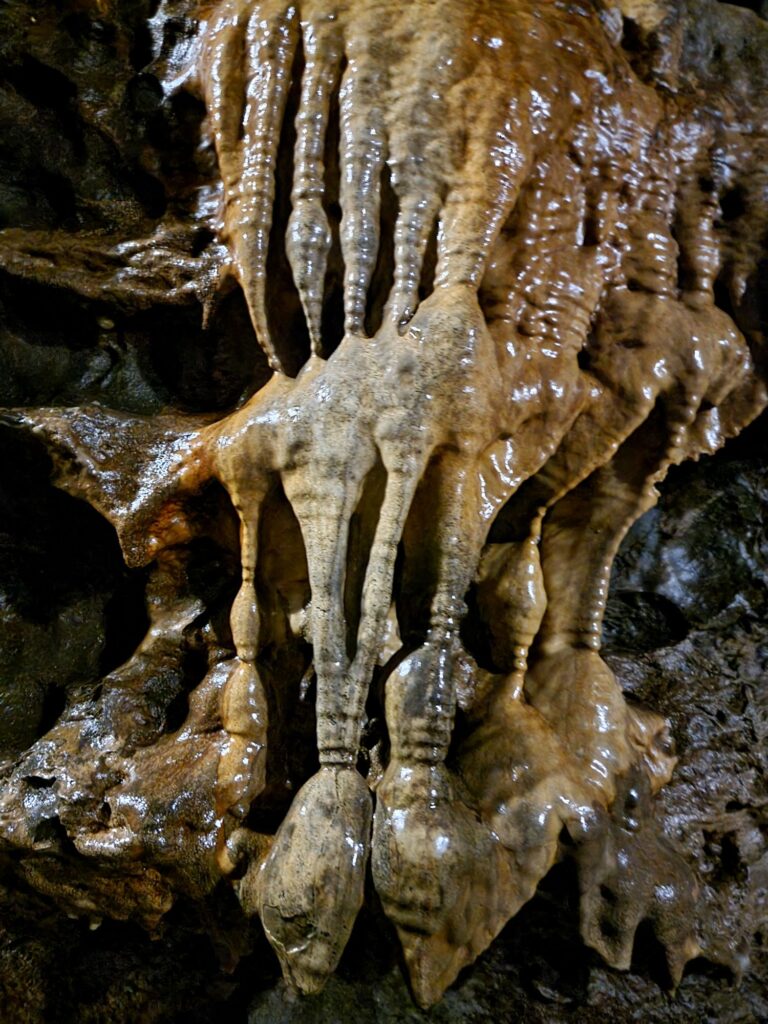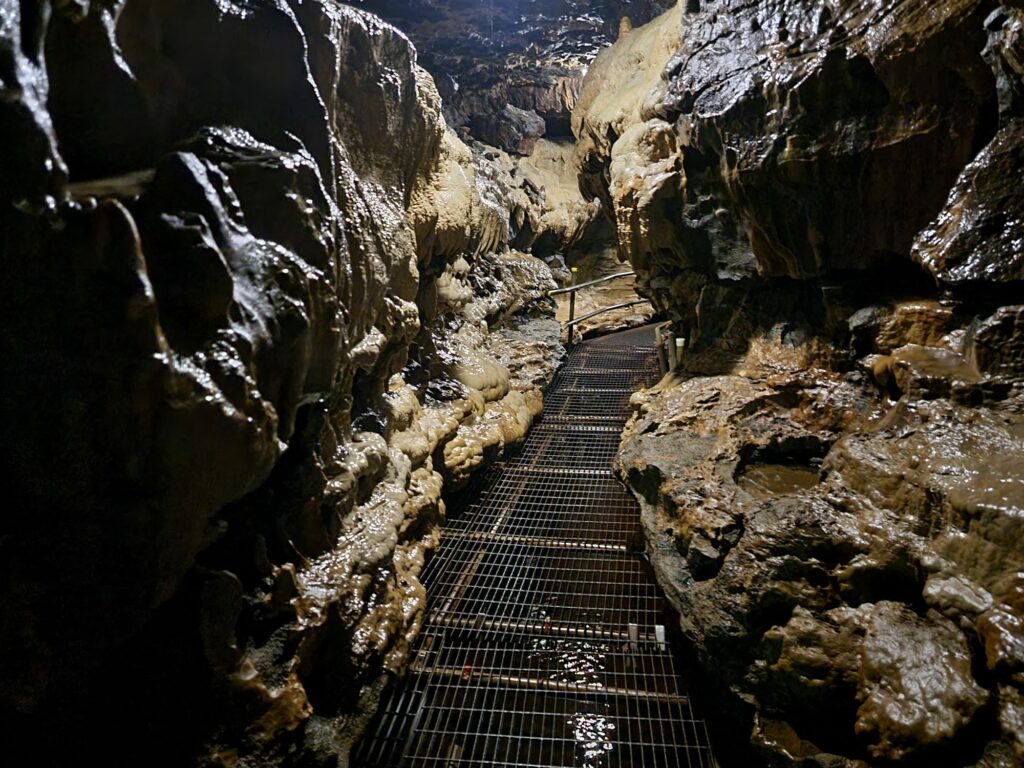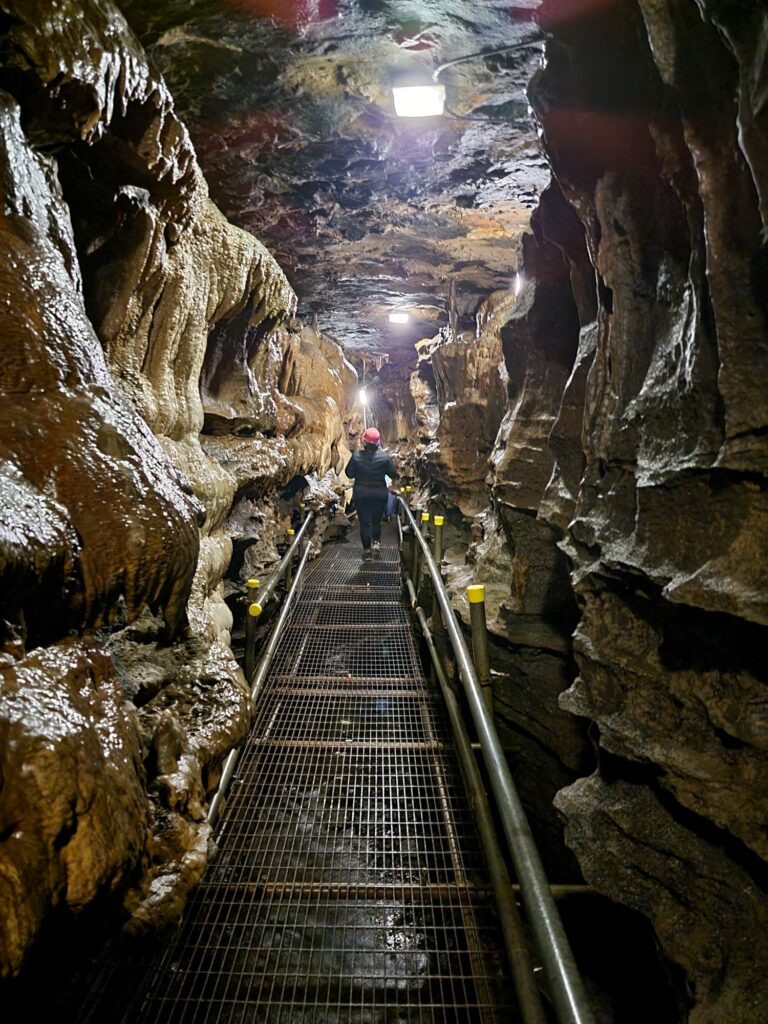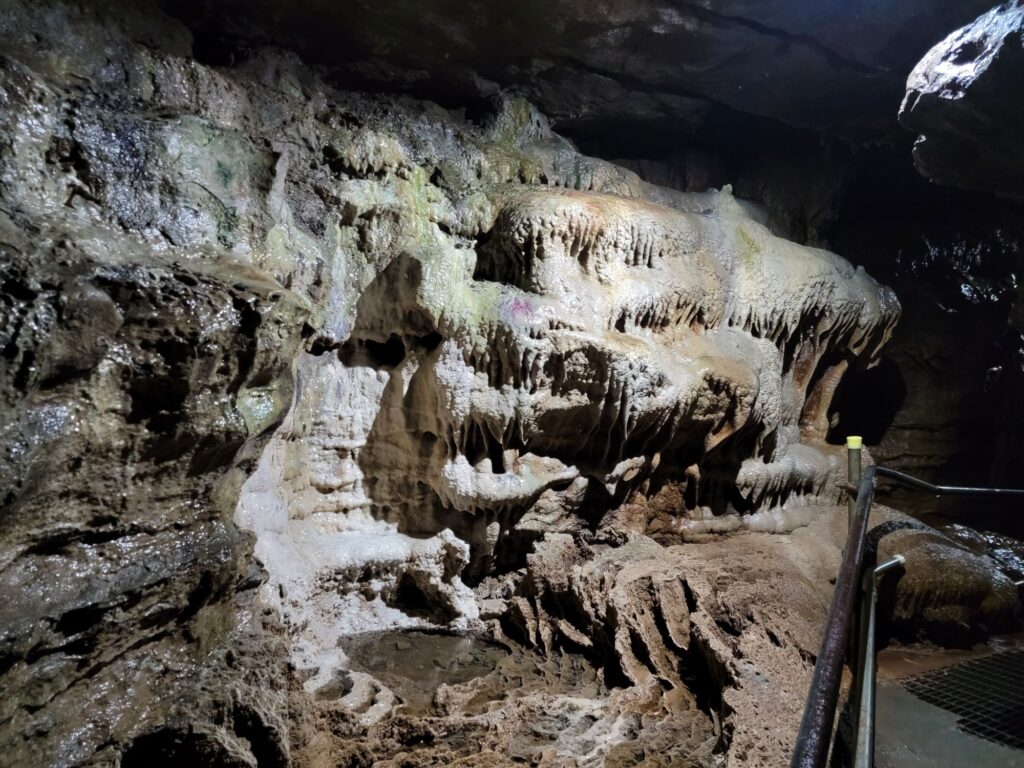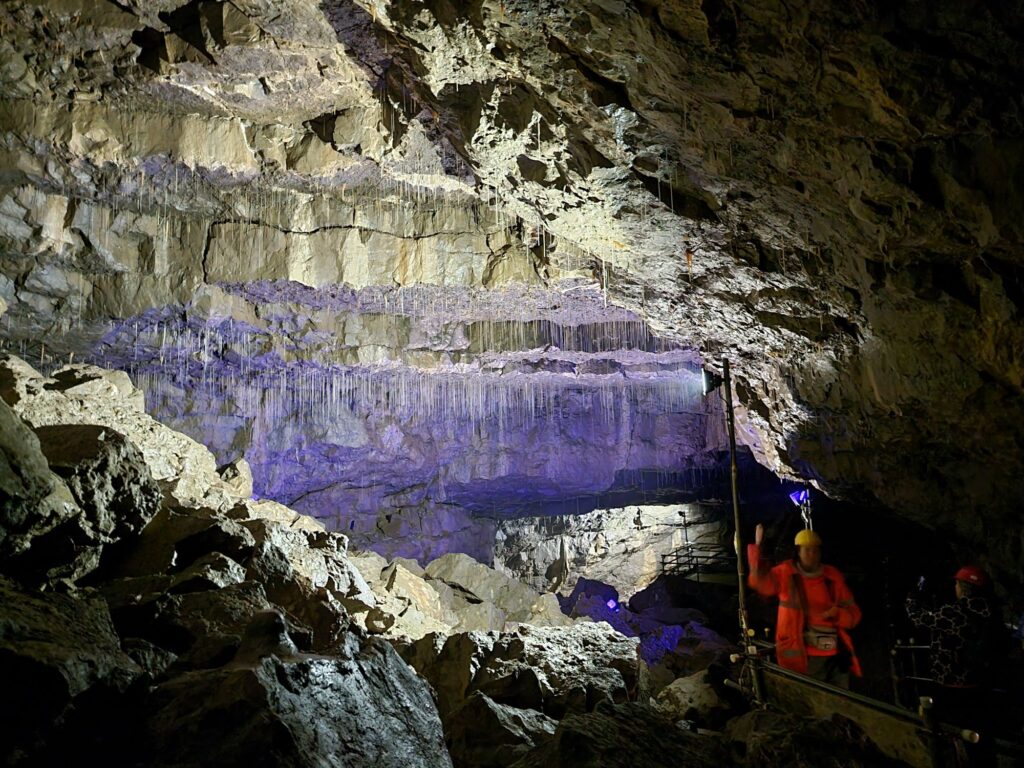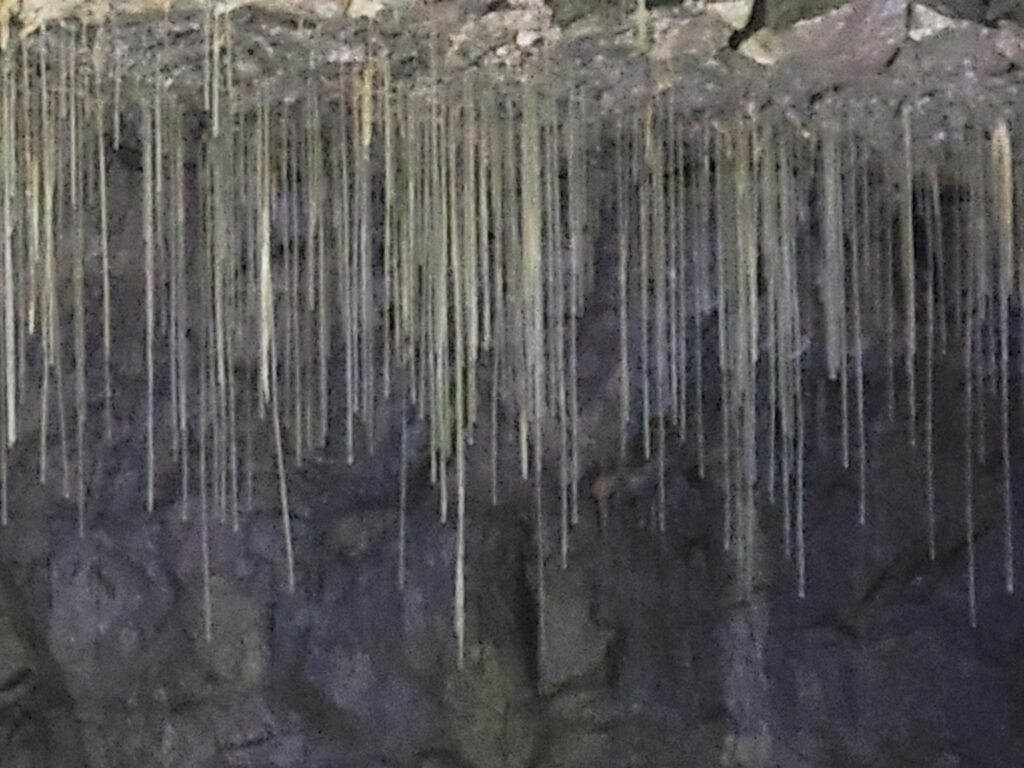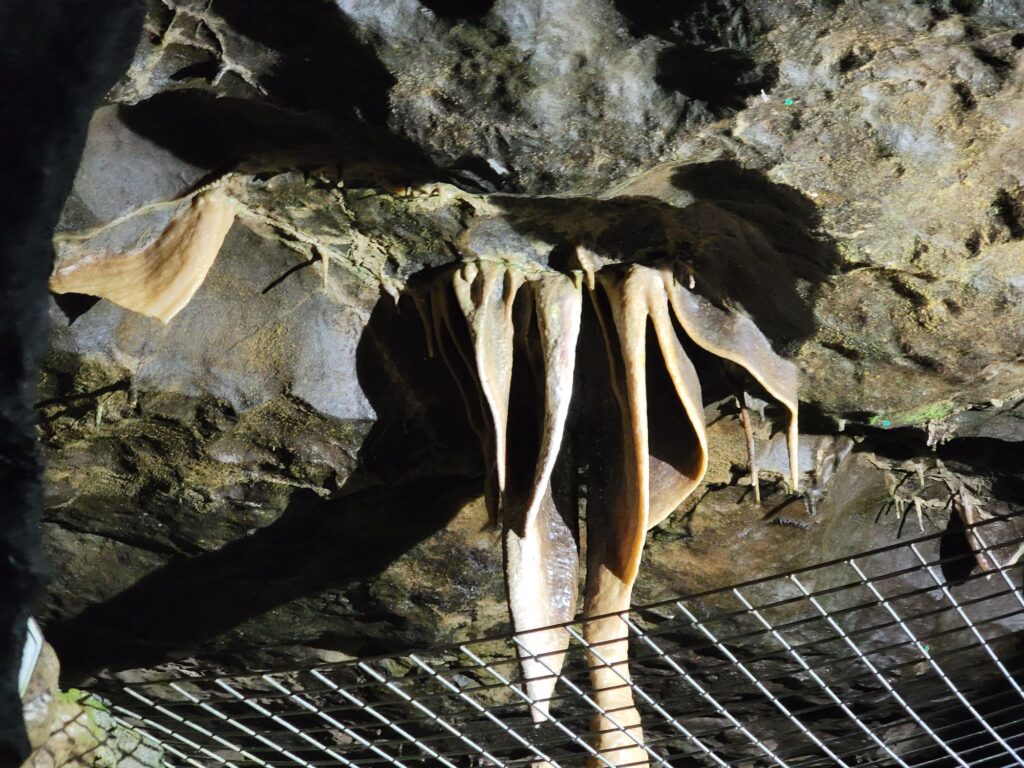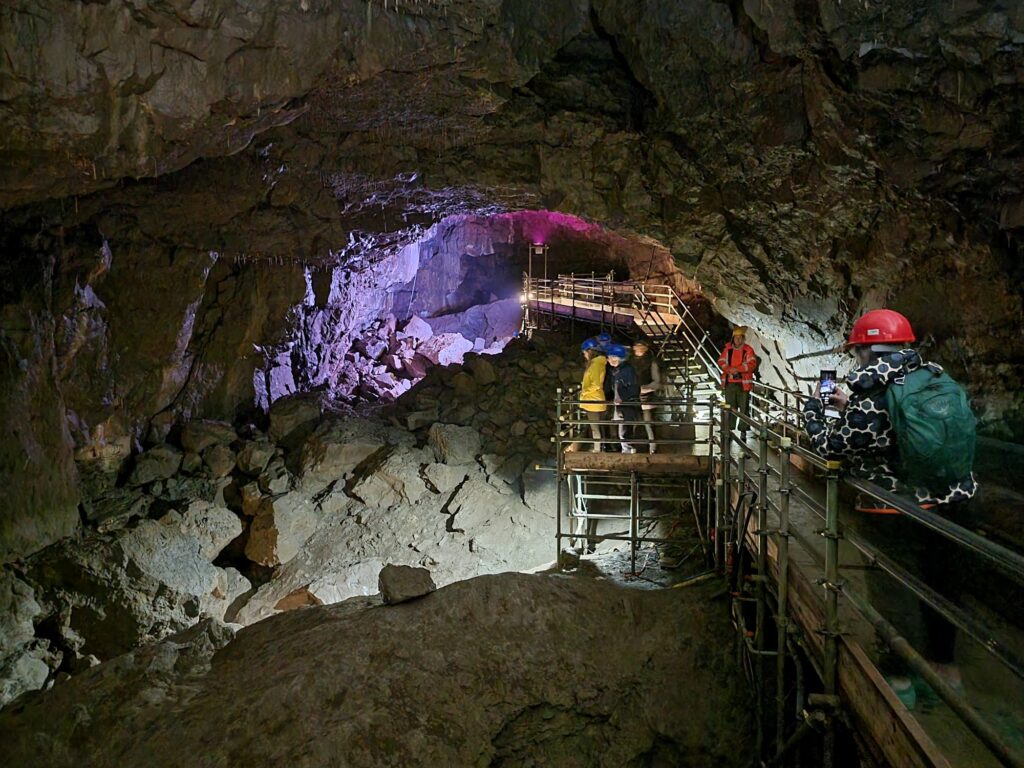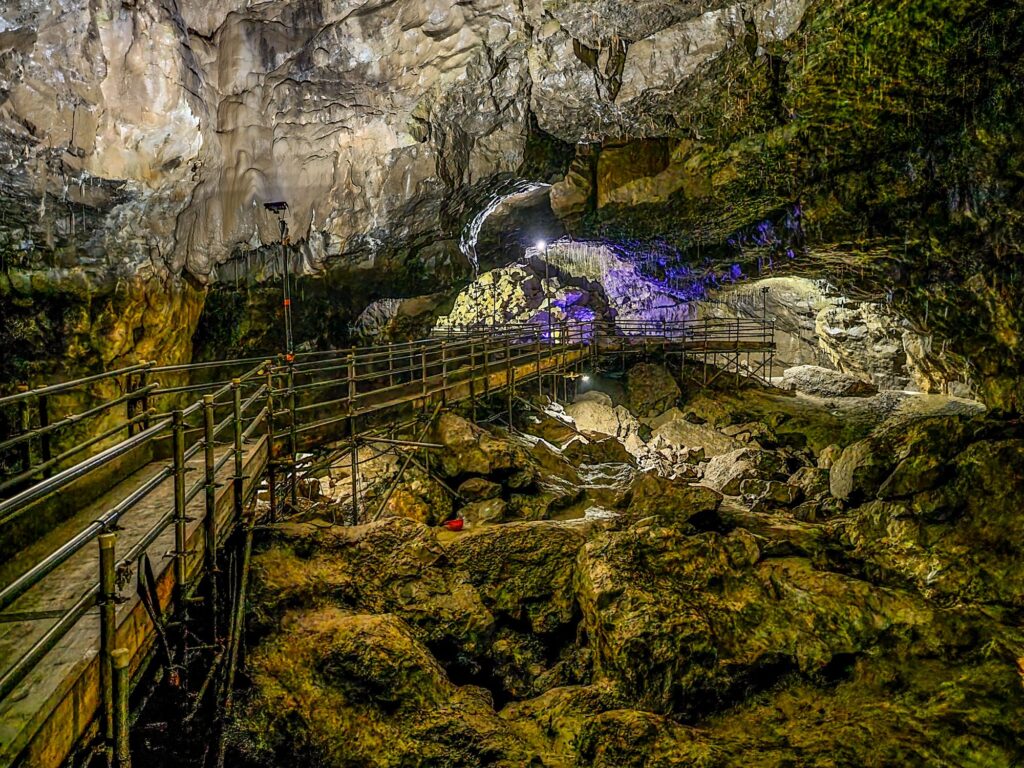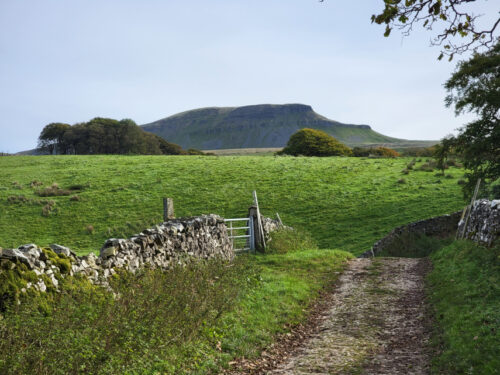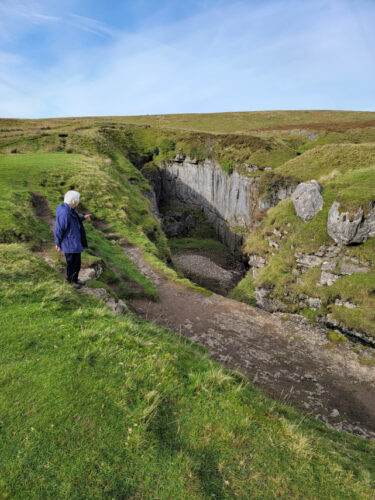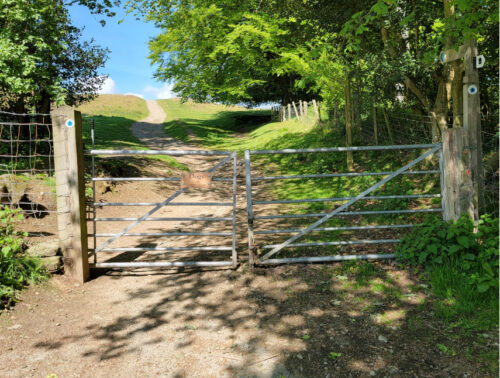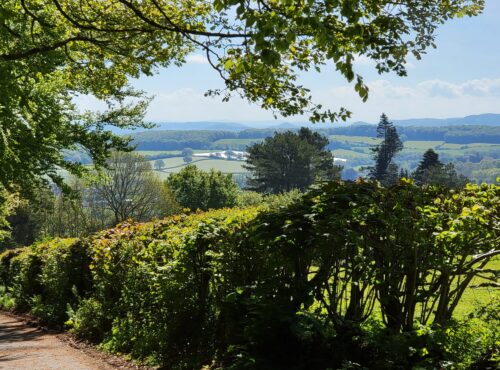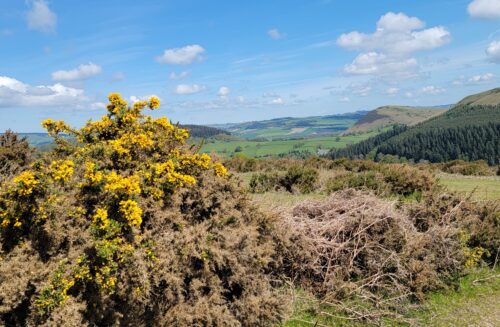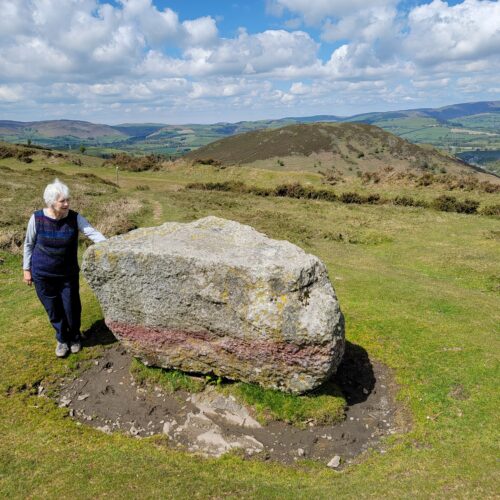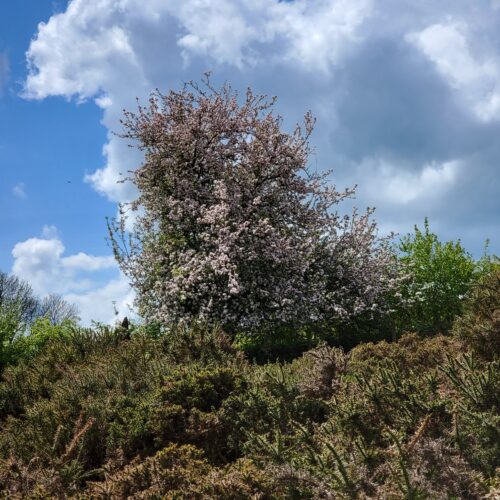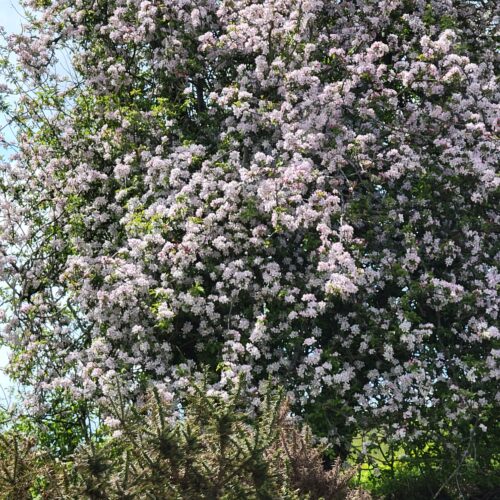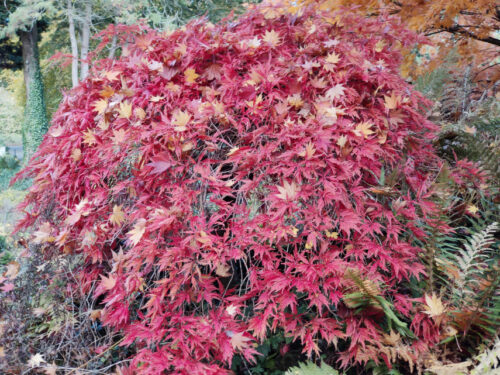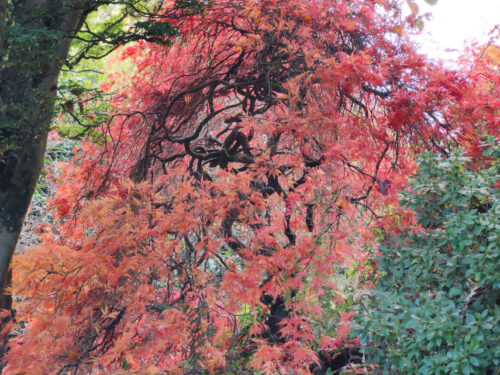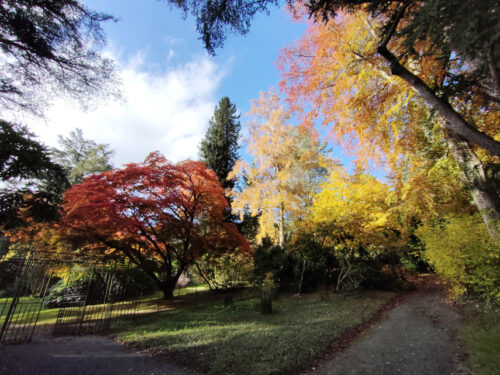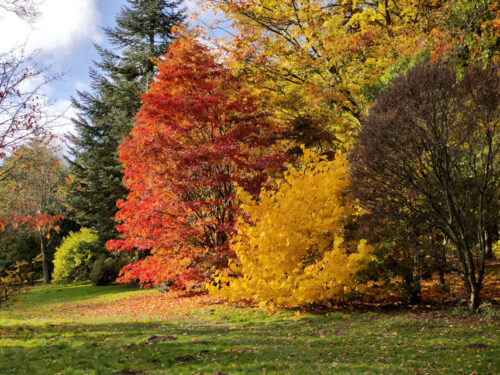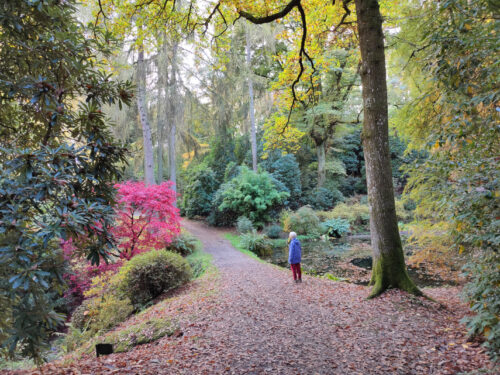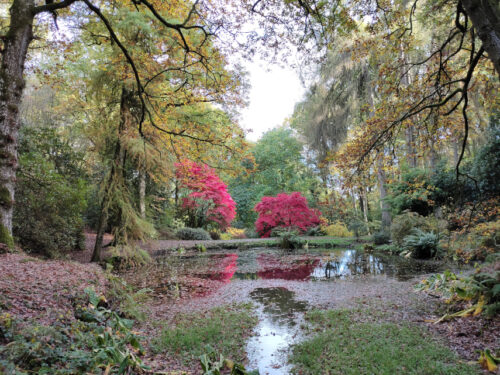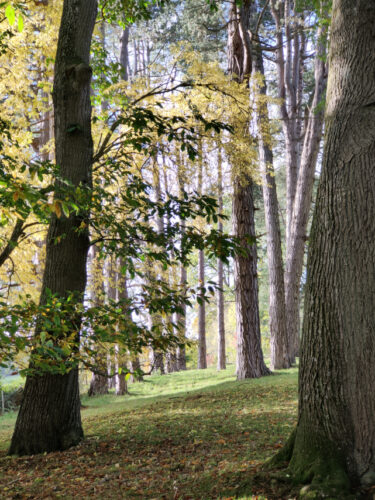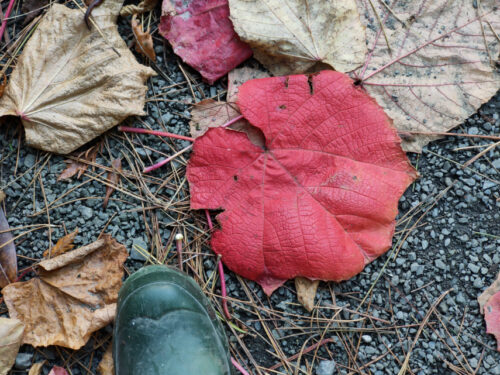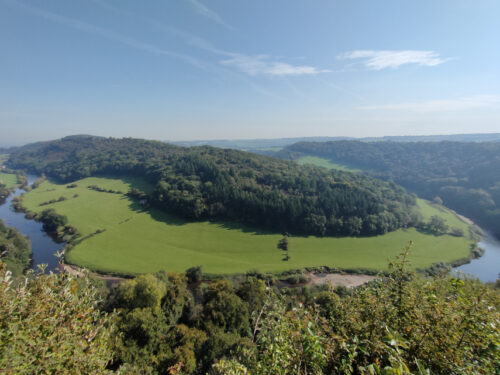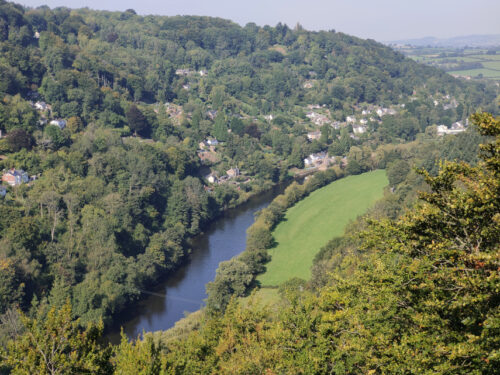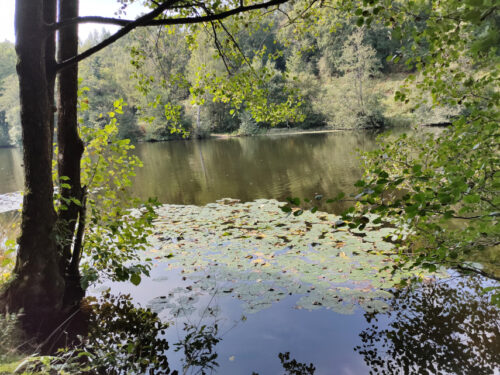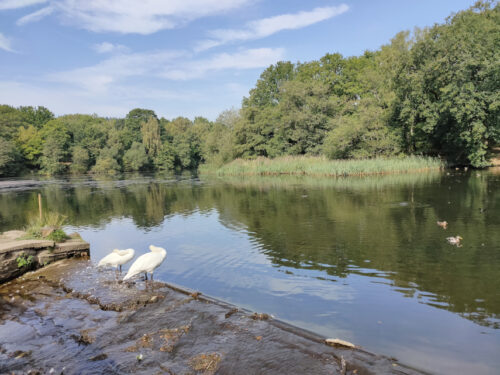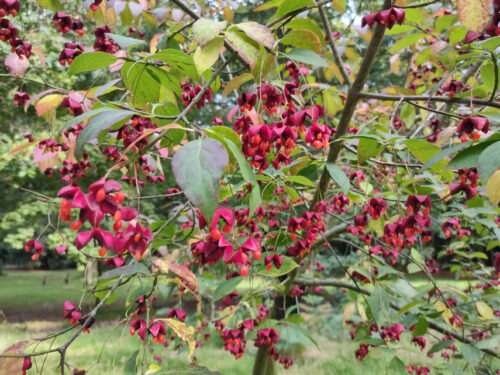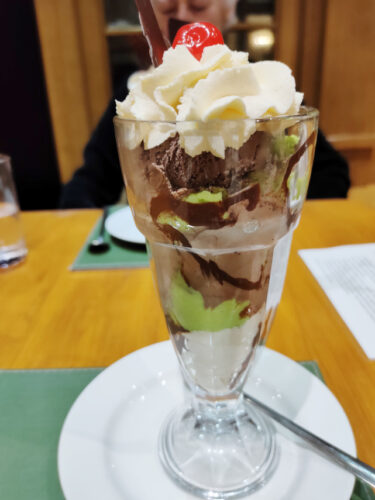The Sky Indoors.
Recently we drove to Bromfield with the intention of walking to Ludlow and discovered that Bromfield had a few surprises up its sleeve.
We first went to see the church and the entrance to the churchyard is through a delightful Lych Gate.

This was a priory church rebuilt in the 12th century. We walked through the churchyard and entered the church, shut the door behind us, and turned around. That was when we had a big surprise.




Wow! What a sight. The ceiling of the Chancel was painted in 1672 and the Reredos was painted in 1880. Standing underneath the Chancel ceiling is like looking up into the sky. The number of times we have passed through Bromfield and we had no idea what we were missing.
Following the Dissolution of the Monasteries in 1541 the church and priory were leased to Charles Foxe, who then purchased the property in 1558. He converted parts of the church into a house but in the 17th century the house was damaged by fire, and Foxe’s descendants moved away.
The remains of Foxe’s house are still present, attached to the south side of the church.

Next to the church is the medieval timber-framed gatehouse to the priory now owned by the Landmark Trust and let as a holiday property.

We started off along the footpath towards Ludlow but hadn’t gone very far when we came across this old mill.

It is, apparently, a water powered corn mill, dating from the mid 1800s, although the water wheel is now missing.
We continued our walk following a tarmac lane through a private estate, although the lane was a public footpath, with some nice views.


After about a mile we branched left across a potato field (yes, I know, we do all the really exciting stuff).

This section eventually led us to a very large cornfield and it was here that I started to feel a little unwell and reached the point where I decided to lay down in the corn before I fell down. I have to admit that I had two cups of coffee after getting up but nothing to eat at all. A contributing factor perhaps?
I felt a bit better after a while so we continued for at least another mile when we arrived at Dinham Bridge.


We still had to walk up into town, I still felt somewhat fragile, so we continued (no other choice really) and eventually arrived in Castle Square.

After having some lunch I was back to normal (which isn’t saying much). Draw your own conclusions.
We caught a bus back to Bromfield where we’d left the car.
